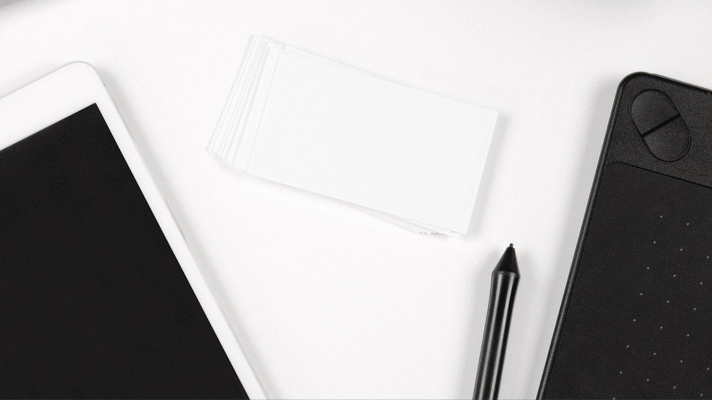Offset printing employs a lithographic process that transfers ink from a plate to a rubber blanket then to the paper. The technique can trace its origins back to the late 19th century. It is still an inexpensive way of reproducing images.
Modern offset processes have become more efficient. In this article, we’ll look at how it compares to digital printing for various applications.
Bulk Work
Digital printing is suitable for applications that require short runs at a minimal cost. Lithographic processes would be impractical and expensive for small quantities of printing tasks.
However, offset printing is the most ideal for producing bulk work at an affordable rate. You can transfer the image to the metal plate, which can generate hundreds of thousands of printouts. Since the metal does not come into contact with the paper, printers can use it multiple times with little maintenance.
Turnaround and Time Saving
Digital printers have the advantage of being cost-effective for only a few runs. It is the better option if you are looking to print images on short notice.
Offset printing requires additional steps to set up. Therefore, it is often not the best option when you need to print in a short time.
However, the metal plates used for modern lithographic processes allow printers to reproduce images quickly. If you’ve already assembled the press, the offset method can complete bulk work in a shorter period.
Image Quality
A lithographic printing process is the best choice for printing high-quality output in large quantities. The rubber sheet can conform to the shape of the surface and, therefore, produces sharper images.
It is possible to regulate the flow of ink going through the plate, which minimizes waste. Offset printing processes have lower maintenance expenses. That is why newspaper printers prefer lithographic methods to digital techniques for reproducing millions of images.
Color Accuracy
A Boston printing shop may prefer to use digital printers for small batches of multi-colored images. If they only need printouts with one or two colors, lithographic techniques may be more cost-effective.
Offset printing is, however, a better option for logos and business cards. It is more accurate for matching unique colors, such as the Pantone System. Other special inks you can use include foils and white ink. On the other hand, digital processes offer a less precise matching system than lithographic techniques.
Unique Custom Printing Requirements
Lithographic processes can accommodate print mediums of different types and dimensions. You can reproduce images on a wide variety of materials with custom finishes. While digital can handle a wide range of media, offset printing is still more versatile in that respect.
Lithography is one of the most widely used techniques for printing in the United States. Before you opt for the offset process, you need to consider your specific applications. The method you choose will depend on factors, such as the quantity to reproduce and the use of unique custom colors. Either choice can produce the quality images you need as long as you weigh the pros and cons carefully. For more information on offset printing or any other form of printing, kindly contact Boston Business Printing.

